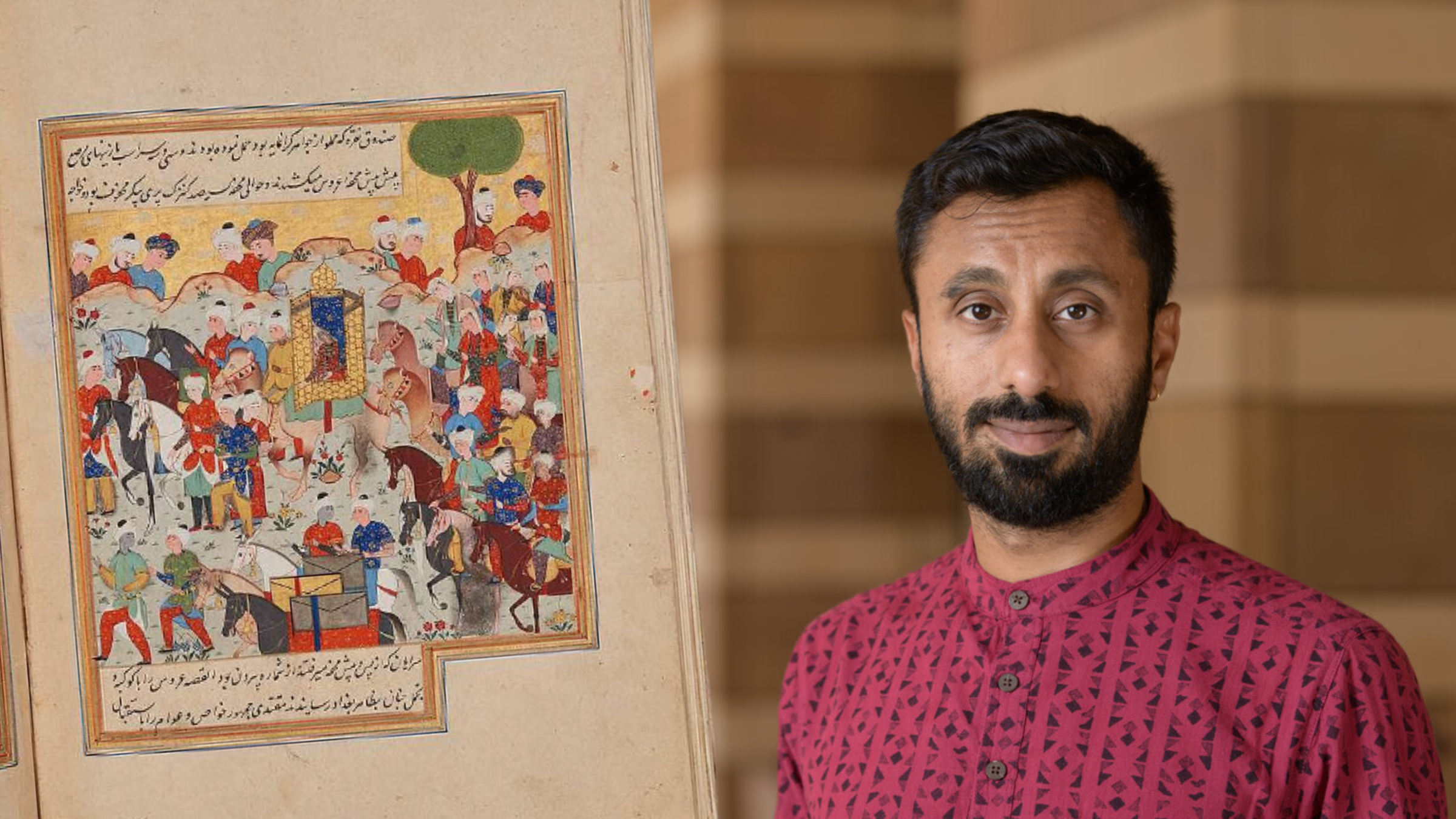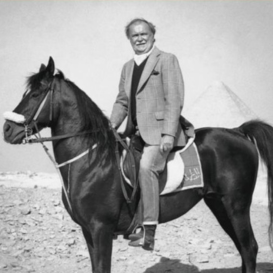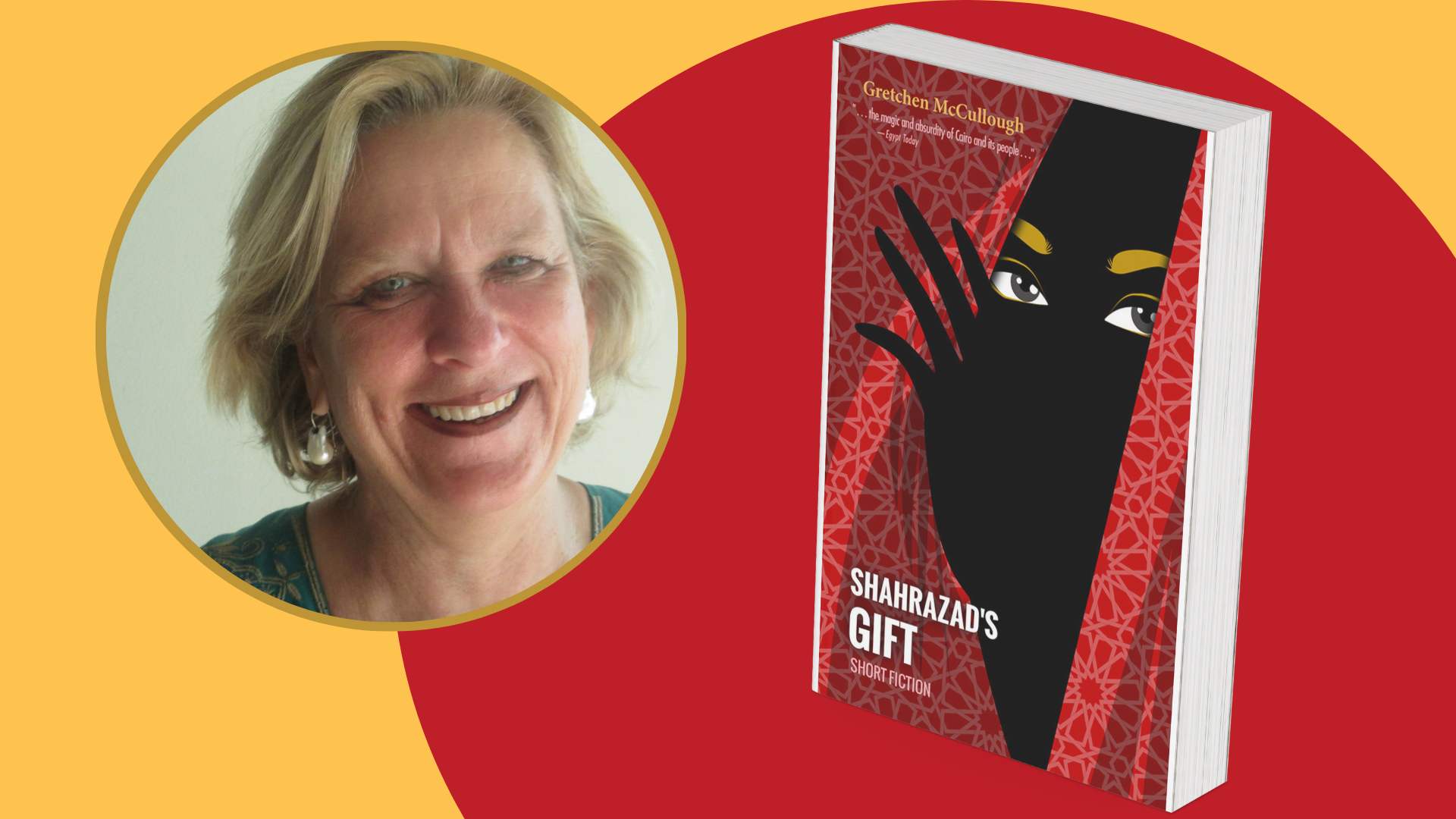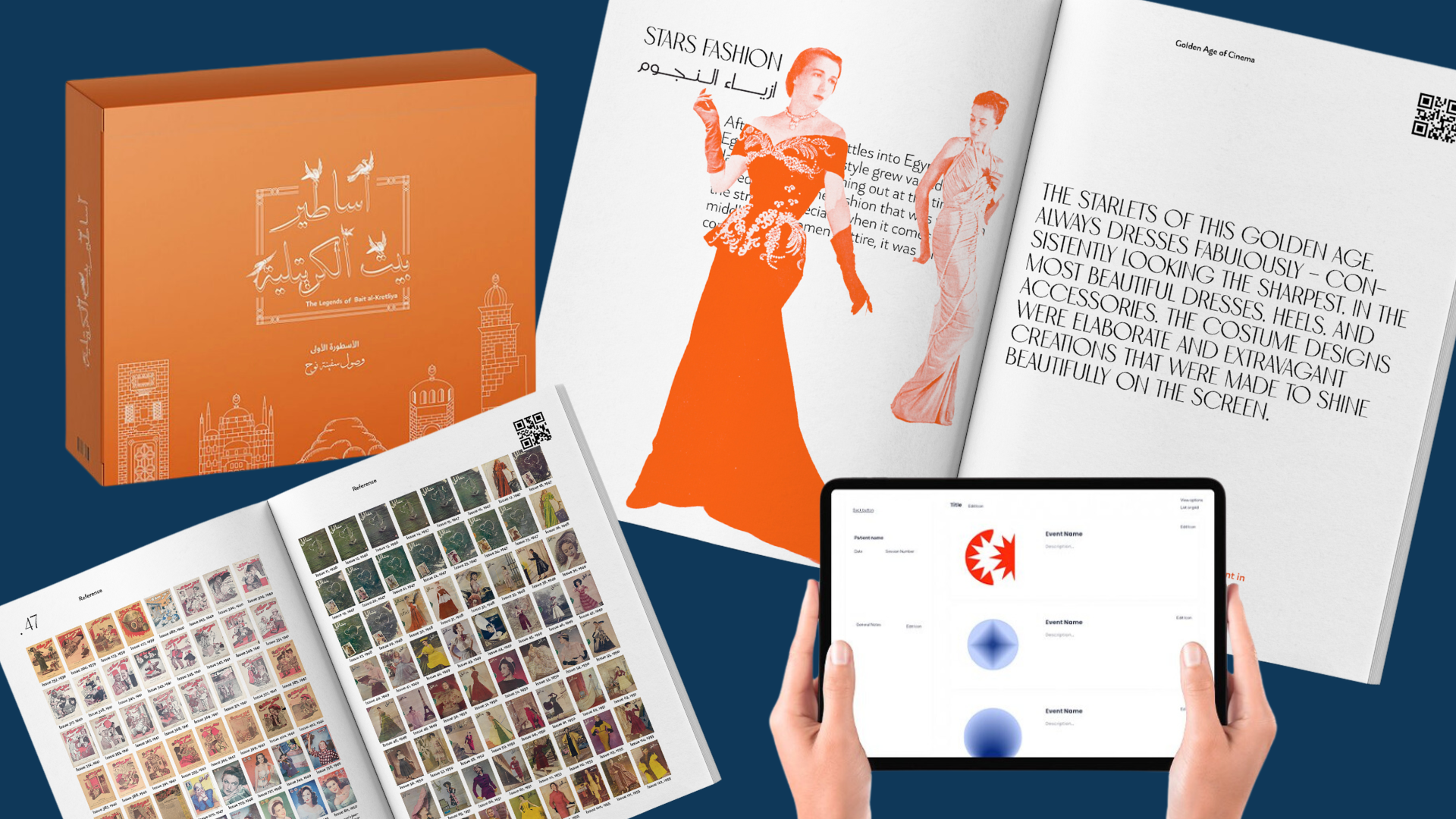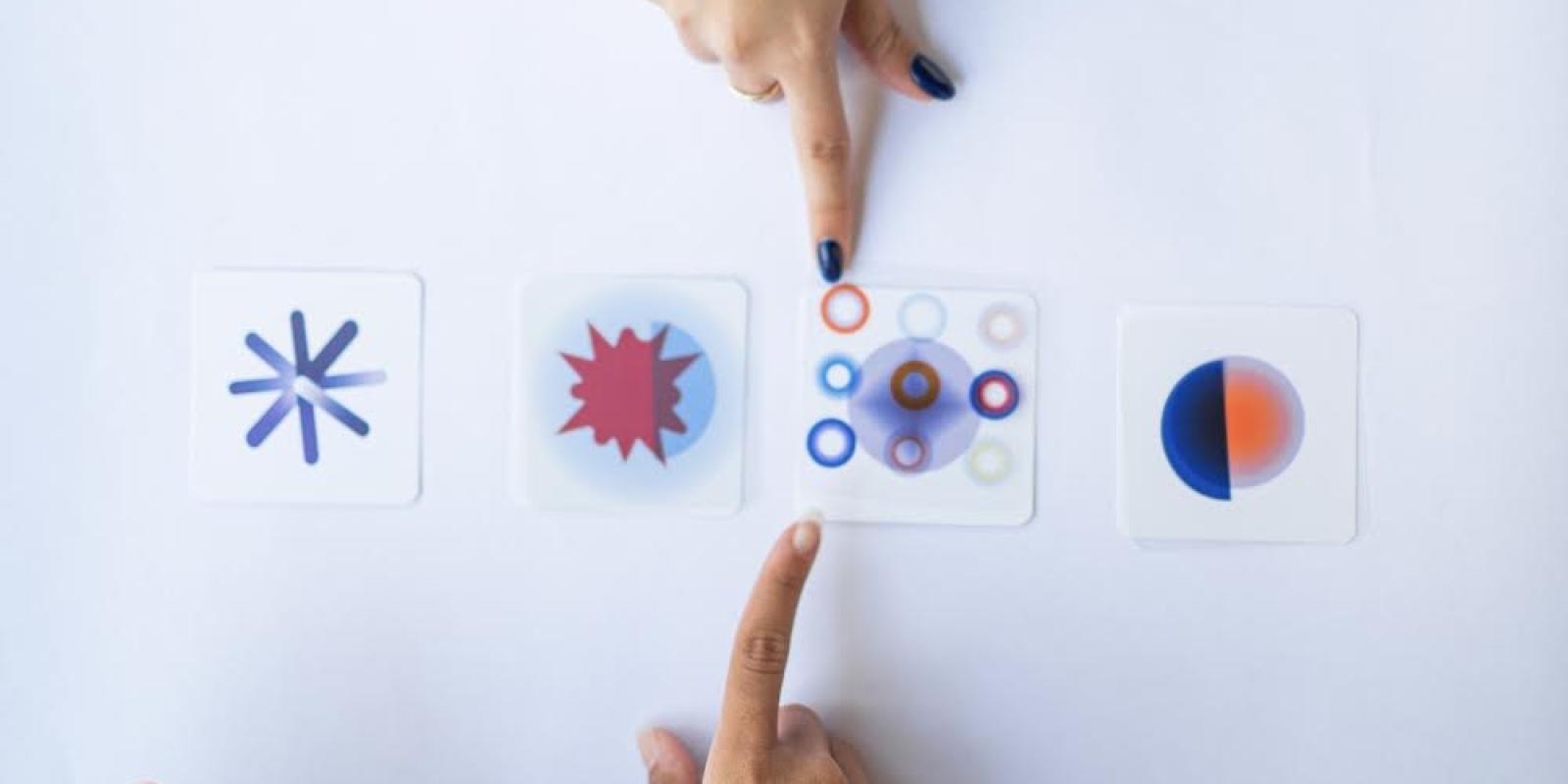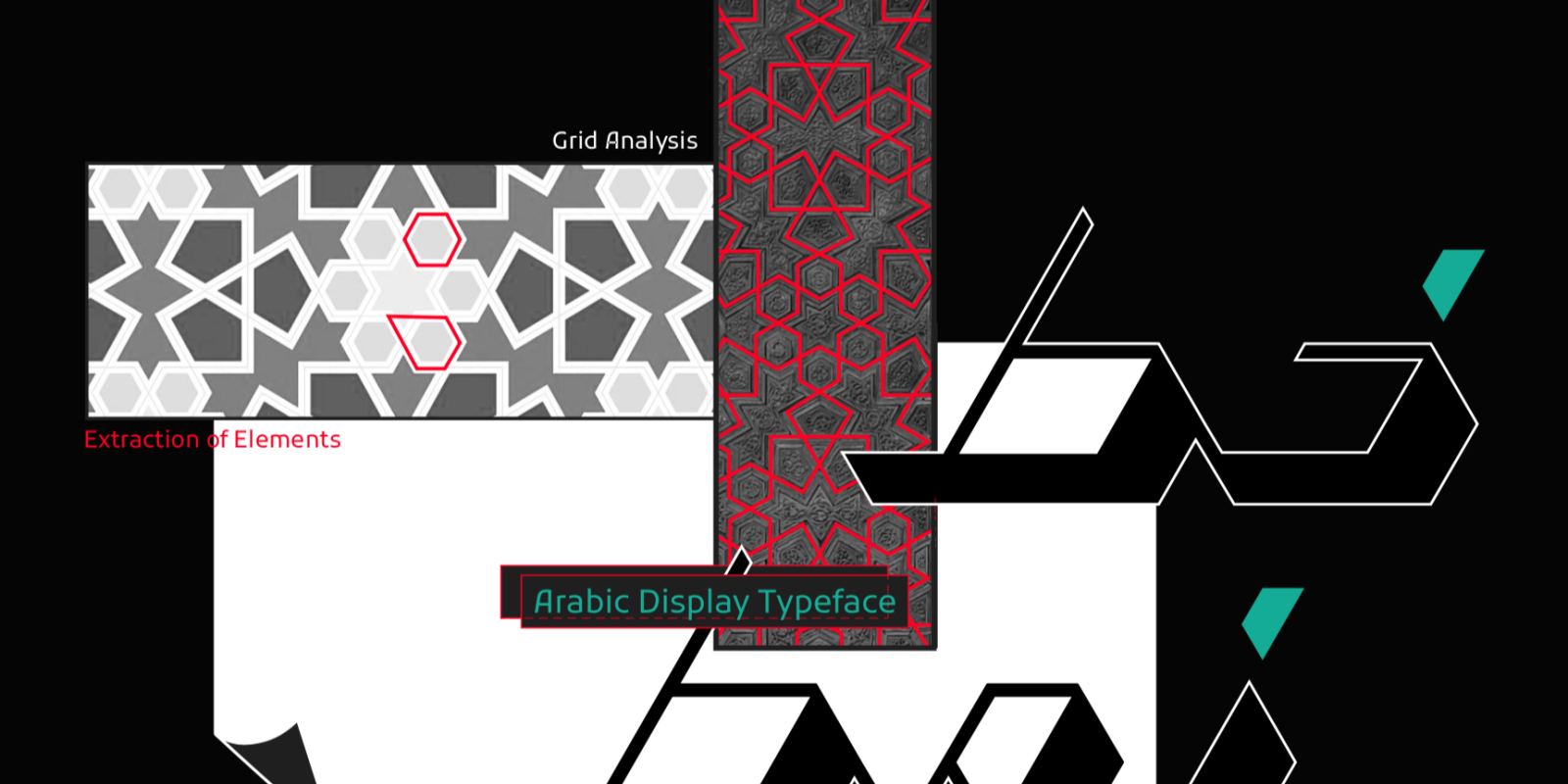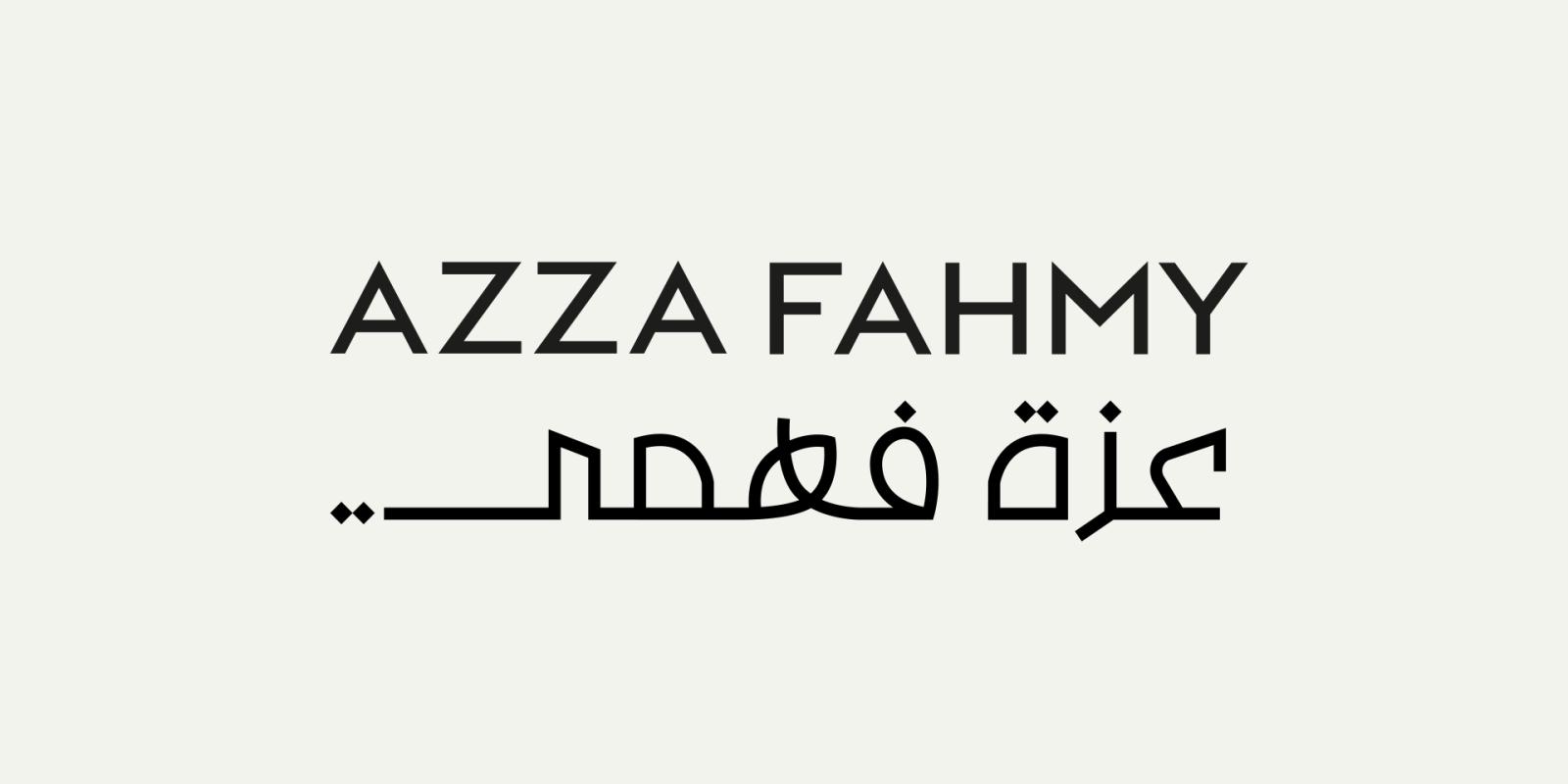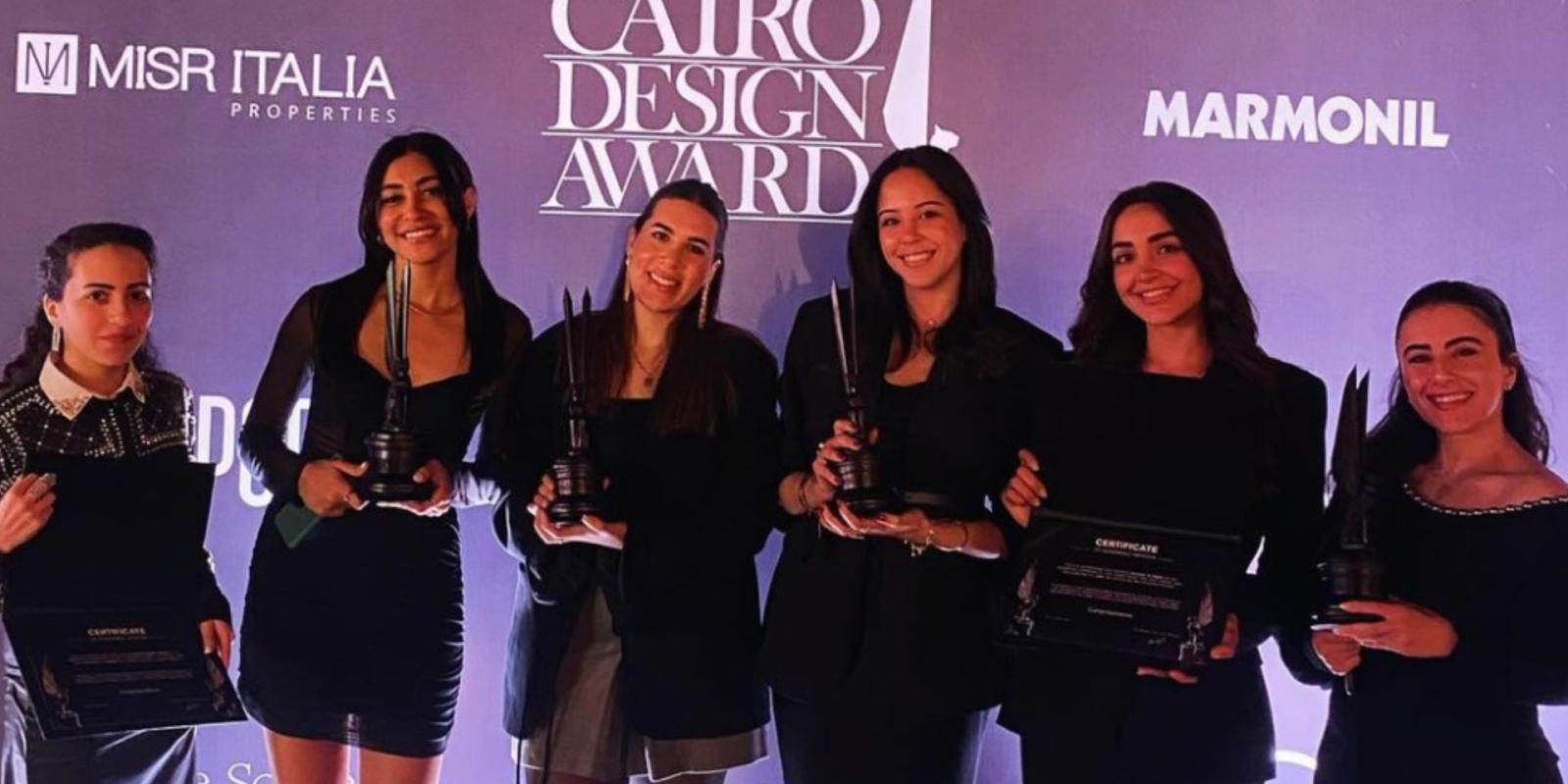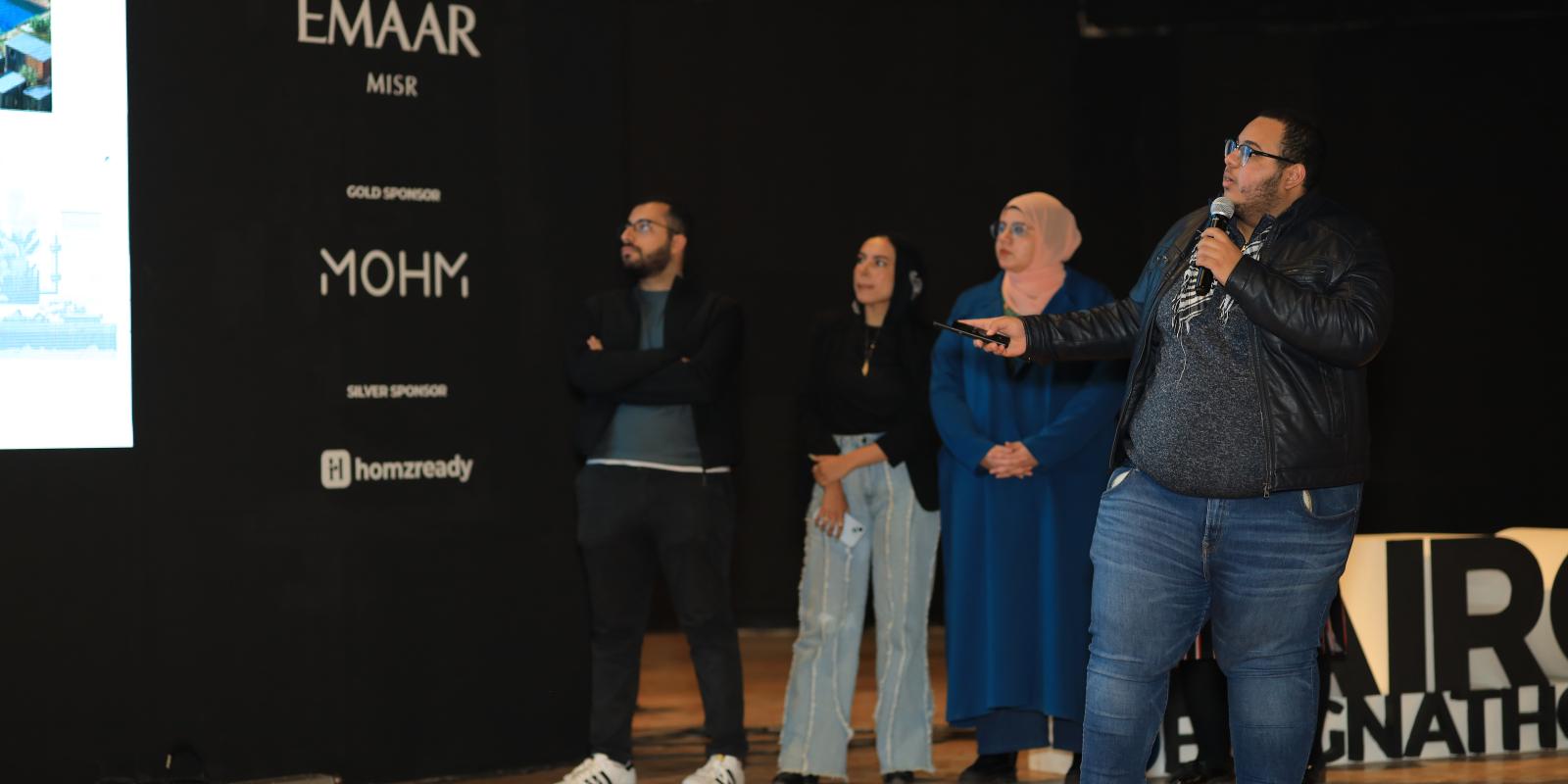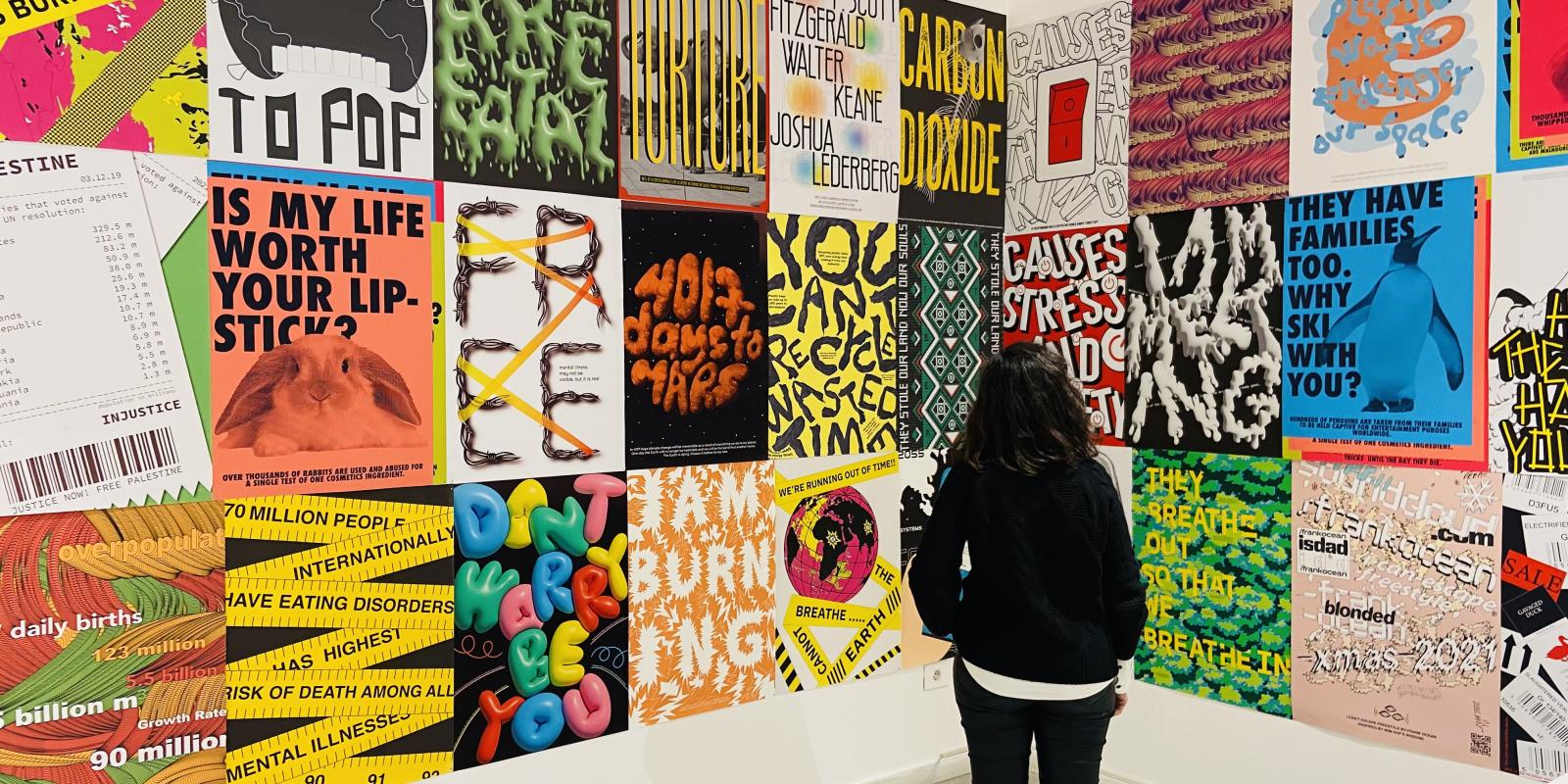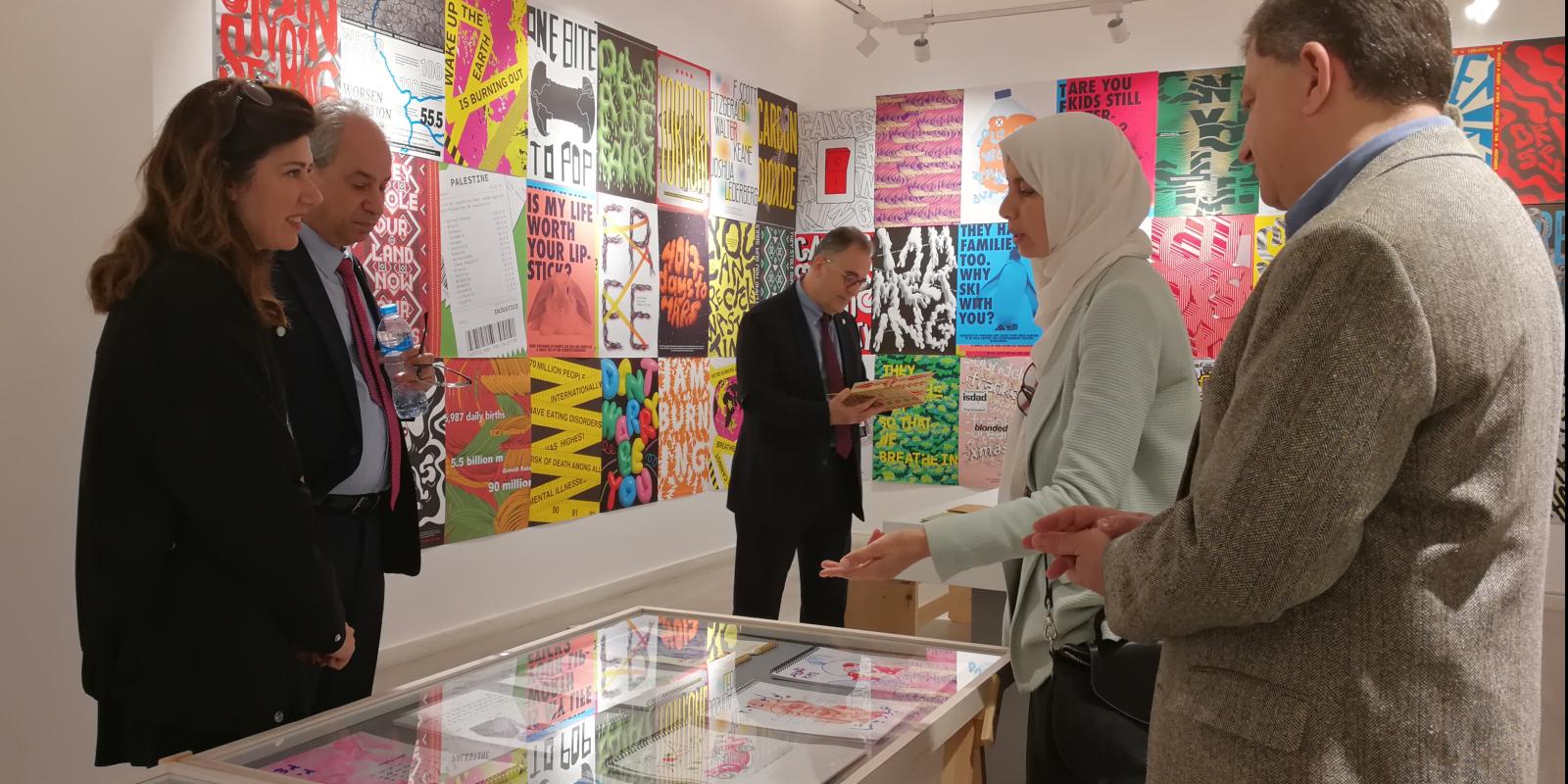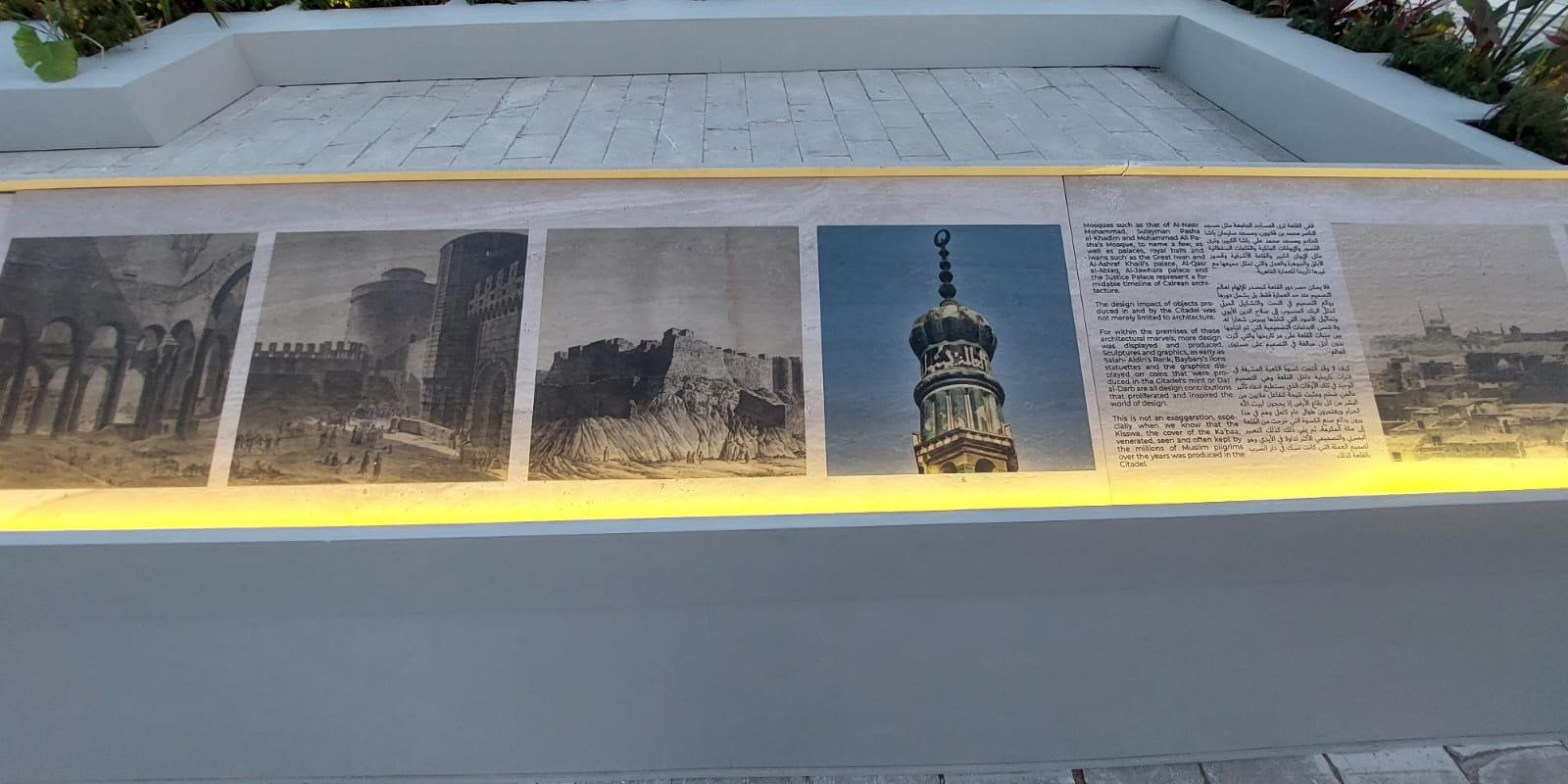Recently published, Shahrazad's Gift can be found here.
Q: Congratulations on the release! Can you tell us a bit about the book?
A: The book is a new edition of my collection of short stories called Shahrazad’s Tooth that was published here in Cairo in 2013 with a small grant from AUC. This edition includes two new stories, all inspired by my time living in Garden City, my neighbors and other people I met in Cairo.
Q: Can you give us a sneak preview of some of the stories?
A: The Empty Flat Upstairs was inspired by a neighbor I had from Japan who was convinced her upstairs neighbors were spying on her. In the story, the flat upstairs is officially empty; however, a bunch of people use it off the record so she’s always hearing noises upstairs. It makes her crazy, but whenever she asks the bawab (doorman) if someone’s living in that flat, he of course replies no. So there's this division between the official reality and her lived reality. Each story explores different people and their interactions, particularly the kind of surreal or absurd quality that cross-cultural differences can take on.
Q: If you had to pick like three words to describe the book, what would you choose?
A: I would say surreal, goofy and quirky.
Q: What does the process of inspiration look like for you?
A: It’s a little like a fishing rod; you don't know what you're looking for until you find it. I always tell students that you have to be alert because you never know what's going to be interesting. It’s sort of inexplicable. Some things take root, and others don't. Sometimes you don’t know why something initially interests you, it's not like journalism– Imagination is an essential element of the process.
Q: Once you’re inspired, what do you do?
A: Every project is different. Even once you have the idea, you often aren't sure what you're where you're going to go with it. For me, it often involves a lot of research, and I write lots and lots of notes. If I’m working on a novel, I’ll make a loose plan for the structure. You have to be flexible enough to go whichever direction the story flows authentically, adapting as you go.
Q: What makes the upcoming collection exciting or meaningful to you as the author?
A: Well, it was initially published locally and I'm excited that the collection will now reach a bigger audience. The American publisher is a small independent press called Cune that publishes books about the Middle East who are based in Seattle. They’re also making a Kindle version of it, and I'm really glad that the stories will be given another shelf life. Cune Press published my novel, Confessions of a Knight Errant, in 2022, which is partly set in Egypt during the 2011 uprising; partly set in Texas.
Q: How has living in Cairo affected your writing?
A: When I came in 2000, I started from scratch learning Arabic, and I think learning it has affected my writing. Some of the inspirations for my work were stories that were told to me by Egyptians in Arabic, which influenced my own storytelling. The writing I did about Texas feels like another life, what I write here has a very different flavor.
Q: Do you face challenges as an American writer writing in and about Egypt? If so, what are they?
A: A constant question is how to portray another culture in a way that's respectful. It’s complicated and challenging, especially when writing from the perspective of an Egyptian character. But there are also lots of funny things that happen in cross-cultural interactions, and that's one of the things that I like to explore in my books– these kinds of cultural snafus where tensions, misunderstandings and differences show up. Things get lost in translation, in far more than just a linguistic sense.
Gretchen McCullough was raised in Harlingen Texas. After graduating from Brown University in 1984, she taught in Egypt, Turkey and Japan. She earned her MFA in Creative Writing from the University of Alabama and was awarded a teaching Fulbright to Syria from 1997-1999.
Her stories, essays and reviews have appeared in The Barcelona Review, Archipelago, National Public Radio, Story South, Guernica, The Common, The Millions, and the LA Review of Books. Translations in English and Arabic have been published in: Nizwa, Banipal, Brooklyn Rail in Translation, World Literature Today and Washington Square Review with Mohamed Metwalli. Her bi-lingual book of short stories in English and Arabic, Three Stories from Cairo, translated with Mohamed Metwalli was published in July 2011 by AFAQ Publishing House, Cairo. A collection of short stories about expatriate life in Cairo, Shahrazad’s Tooth, was also published by AFAQ in 2013. Confessions of a Knight Errant, a novel, was published by Cune Press, 2022.
Currently, she is a senior instructor in AUC’s Department of Rhetoric and Composition.
Looking at cross-cultural interactions through the lens of fiction, the new collection Shahrazad's Gift by Gretchen McCullough dives into the perspectives of her characters, exploring their inner worlds, tensions with their neighbors and navigation of the absurdities of everyday life.

